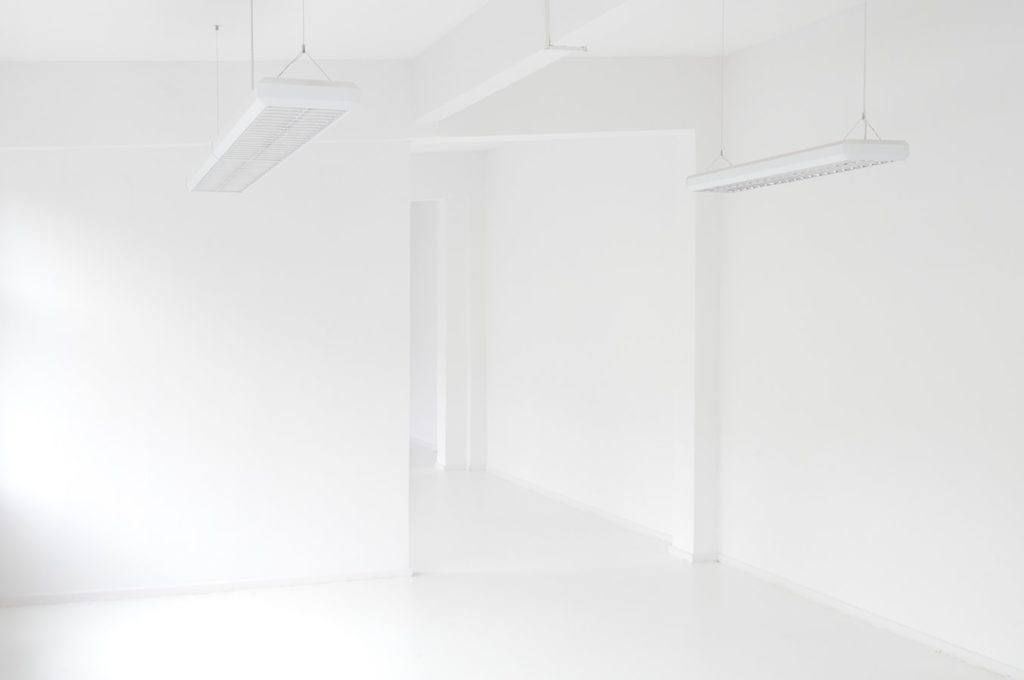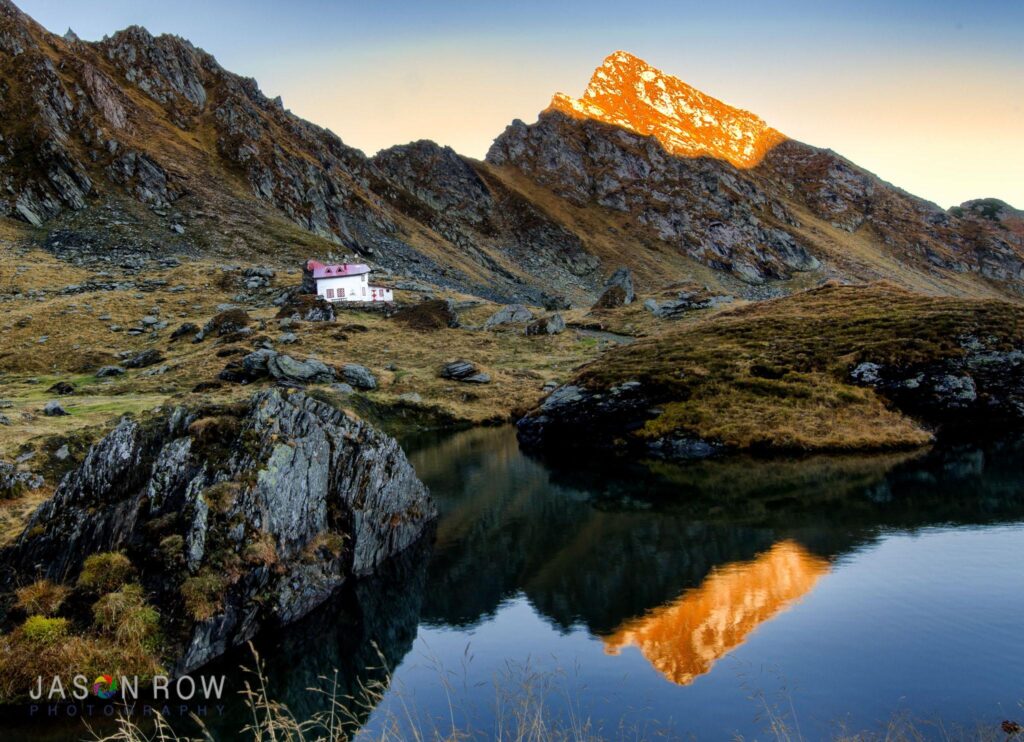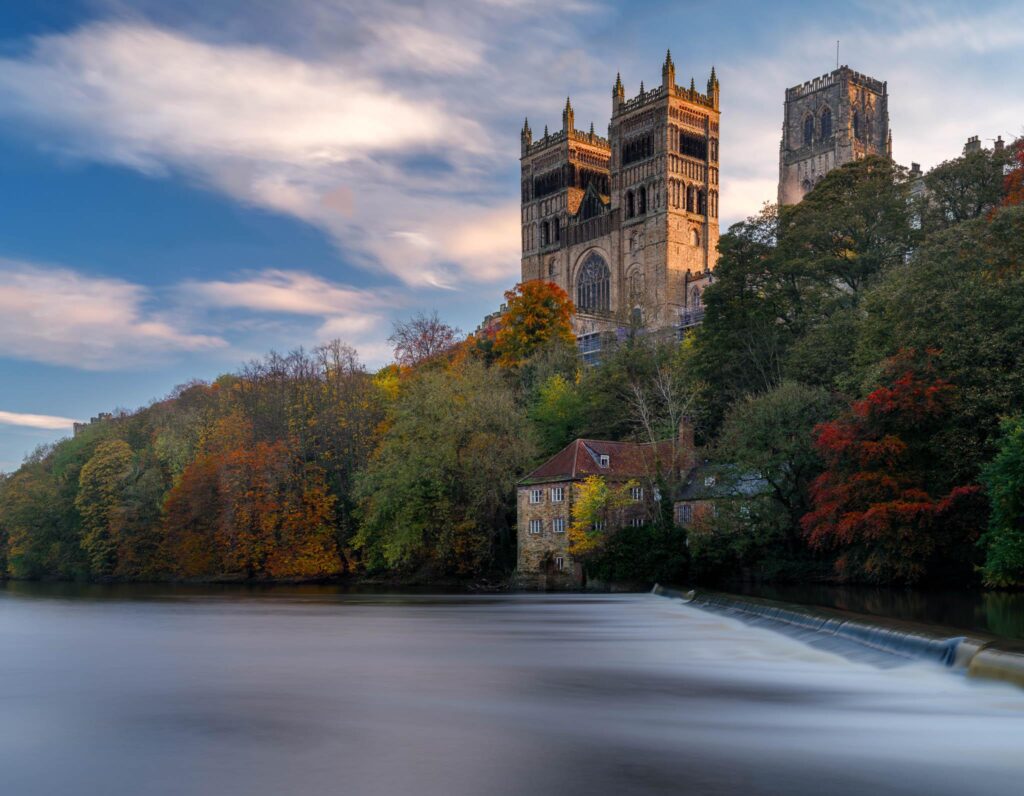I've been cooking this idea for a long time; well, not that long honestly. It all started in 2017 when I studied a brief yet dense course on Curation by An Paenhuysen. Here I learned, among other amazing curation ideas, about the existence of a term, the White Cube.
There has been some seriously deep thinking around the philosophy of the White Cube as a social scenario or a cultural product.
But today I won't dig deeply into all that – I just want to talk about one thing. That is the necessity for photography to be showcased in a way that reflects the purpose of the White Cube.

So, What is the White Cube in the First Place?
Something oddly curious happens when we build a place specifically for exhibiting objects “far away” from the outside world.
This has been a common practice among humanity, and we can see it throughout our own history. Humans have been building places with the specific purpose of showcasing (and also revering) objects that have been produced with an aesthetic ontology in mind.
As the twentieth century unravelled itself, a curious thing happened to various art galleries and even museums worldwide. These spaces were ripped off from any architectural artefact that could possibly distract people from contemplating the objects displayed inside their walls.
This common practice even led to some sort of “art divinization” as Brian O'Doherty wrote in his book titled “Inside the White Cube“.
It is true that some objects displayed inside the walls of any White Cube are usually controversial and very open to being discussed by society. However, there is a “spirit” here that for me is highly valuable for photography.
In conclusion, the White Cube is how O'Doherty called this minimalist approach adopted by galleries and museums. And in simple words, White Cubes depict desaturated and evenly lit flat walls with neutral roofs and floors. Resulting in a very simple thing, anything residing within these places walls will get high levels of attention from the audience.
Where Does the Spirit Come In?
White Cubes have the ultimate purpose of neutralizing any possible distraction, leaving spectators with a highly pure experience. And I'm convinced that in photography, this feature can be extrapolated to other viewing formats.
After talking about the conscientious practices like contemplative reading and editing with printed photographs it is no surprise that I keep a firm position towards consuming photography at a slower pace.
How Can We Call Upon It?
Everything that could be done in terms of photography consumption, can be done at a slow pace, and that's the simple yet magnificent trick. And it can be applied to all of these:
- Galleries
Attending exhibitions is a great way to consume photography. Try to go more often to galleries, and you'll get a photographic experience like never before. Printed photos look amazing when done right, after all, printed images is the summit of the photographic workflow.
- Photo Books
Photo books are the best investment you can make as a passionate photographer. Here you can find the best of the best from great masters and inspiring work from emerging talent as well.
From highly expensive to satisfyingly affordable, they all have one thing in common, photography is the ultimate protagonist of every single page. It is almost like the walls at every single white cube are trying to emulate the photo book experience.
- Portfolios, Websites and Zines
These are easier to access too and are also a great solution for us regular photographers if we want to share our work in a memorable way. Zines are the ones that excel at this because they are a tangible object and as a viewer, it is wonderful to have something tangible in your hands
- Social Media Platforms
When it comes to Social Media it is the other way around, it is about the accounts and photographers that you follow. Many people keep things split, one account for regular social interactions, and the other as a cautious curated feed.
Wrapping it up, photography is enjoyed at its best when consumed at a slow pace with little to even zero distractions.
If you are a true photography lover and a passionate photographer, then you'll have no problem slowing things down in order to savour images in a better and more magical way.
Give us your thoughts about how you like to savor and slowly consume photography in the comments below






